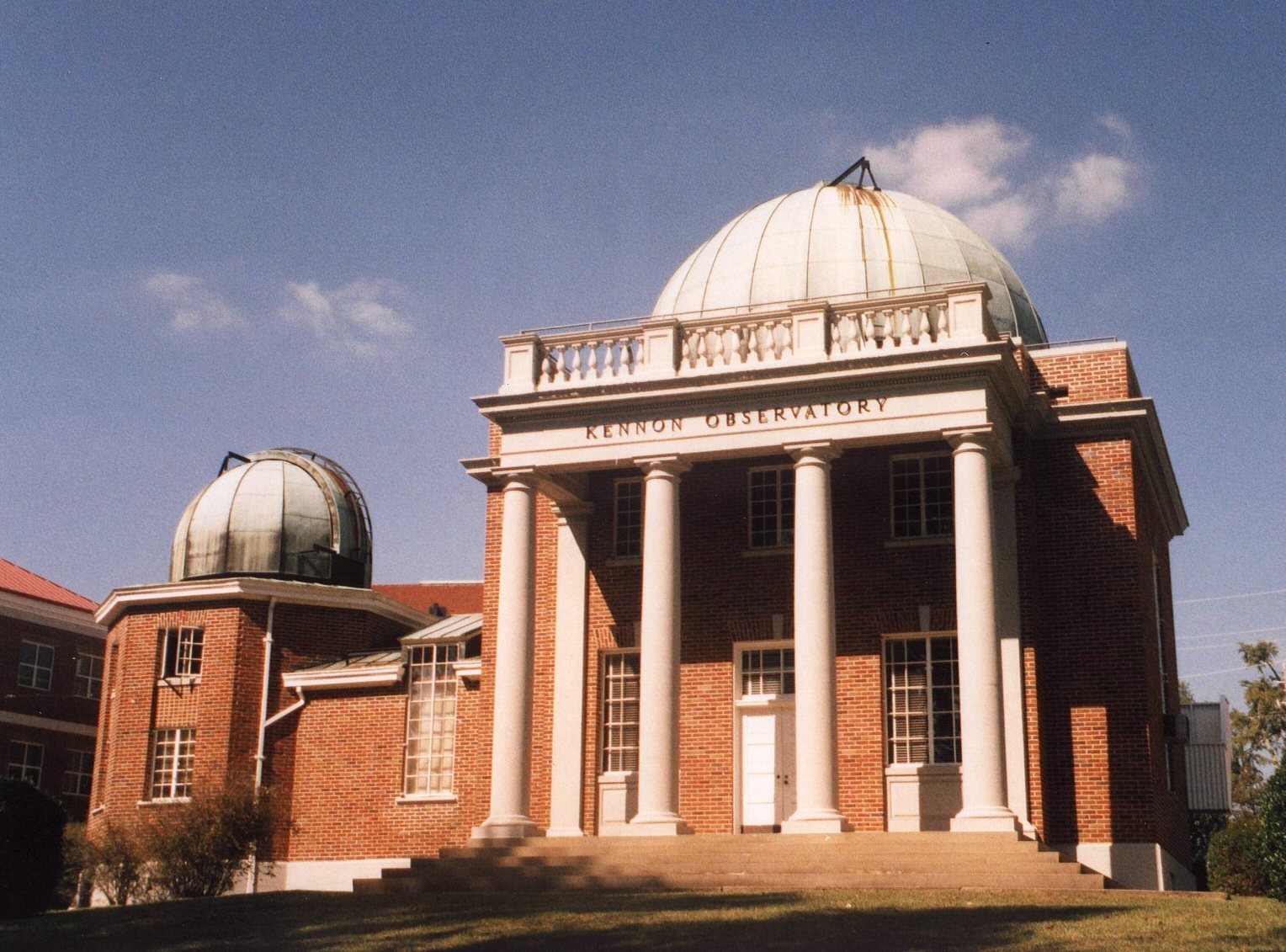 | ||
|
UM Home| Physics Home |Astronomy Home| |
|
|
 | ||
|
UM Home| Physics Home |Astronomy Home| |
|
|
| Frederick
Augustus Porter Barnard. was the University's first "chancellor"
(the title was changed from "president" in 1858). In 1856, shortly after his elevation to
the presidency, Barnard, the former Chair of Physics and Astronomy convinced the
Legislature to appropriate funds to order the largest telescope in the world for the
University and to construct an observatory for it on campus. The Department of Physics
and Astronomy has occupied Barnard Observatory from its completion in 1859 until 1939, when it moved to Lewis Hall and the Kennon Observatory.
The large telescope that Barnard had dreamed of was ordered from Alvan Clark & Sons in 1857.
In January, 1862, when Alvan Clark was testing the telescope he discovered Sirius B,
the "white dwarf" companion of Sirius the "dog star". However, due to
the outbreak of the Civil War, the telescope was never delivered to the University of Mississippi.
Barnard's telescope was subsequently purchased by the Chicago Astronomical Society in 1863,
and was given in trust to Northwestern University in 1887. That telescope, together with
Barnard's collection of physics instruments, would have allowed the University of
Mississippi to become the foremost institution in America for the study of physics and
astronomy.
The original telescope body has since been restored
by the Deller Conservation Group as described in their 1999 AIC paper. See the "Mississippi Roads" show (#2606) on the
Telescope's History
One of only three remaining antebellum buildings on campus, Barnard Observatory is now the home of the Center for the Study of Southern Culture. |
| Kennon Observatory, conceived by Professor William Lee Kennon, was completed in 1939. Two copper-roofed domes were included to accommodate two different instruments: a fifteen inch telescope that was purchased in 1893, with co-aligned visual and photographic telescopes, was moved into the bigger dome, while the smaller dome originally housed a five inch telescope that had been acquired by F. A. P. Barnard in about 1856. In 1997, the department refurbished the smaller dome and the octagonal rooms of the Kennon Observatory. The smaller dome currently houses an electronic CCD camera attached to a seventeen inch Corrected Dall-Kirkham reflector telescope. |
 Kennon Observatory |
| This, the main entrance of the observatory, faces due south, and the
building is precisely aligned east to west. A small tube in the south
wall is oriented such that direct rays of the sun shine through it to the
floor only twice a year, at noon on the vernal and autumnal equinoxes.
The slanted metal roof of the transit room (between the main and small
rooms) was designed to open for observations using a three inch meridian
telescope.
The untimely death of Dr. Kennon in 1952, after 41 years of distinguished service to the department and the university, prompted the Board of Trustees to name this the 'William Lee Kennon Observatory'. Dr. Kennon was Chair of Physics and Astronomy for 40 years. He was popular with and respected by students and faculty alike. His influence is still felt throughout the department -- his careful planning of the physics buildings, his successful efforts to attain funding for new demonstration and laboratory equipment, his commitment to the growth of the curriculum, his nurturing of the students -- all these things are Dr. Kennon's legacy. Find Kennon Observatory on the UM campus map |
Note: The images included on this page are copyrighted by the
photographer, Maribeth Stolzenburg. Last update 23 August 2000. Please address any comments on this page to Dr. Maribeth Stolzenburg (mstolzen@phy.olemiss.edu; 662-915-5252; Room 124 Lewis Hall) |